Samsung on their phones Galaxy uses a number of specialized technologies, but few literally shine as brightly as the Vision Booster. This is triggered when the phone's display is in bright sunlight to make it easier to see when you're outside. But how does this technology actually work and why is it different from a screen that is "just" very bright?
Vision Booster starts automatically when the adaptive brightness feature is enabled in the phone's display settings. This technology/feature is present in all the top Samsung smartphones like the series Galaxy S22 and S23, but also the new "A" Galaxy A54 5G a A34 5G. Telephones Galaxy The S22 Ultra and S23 Ultra can reach a maximum brightness of 1750 nits with this feature. Cheaper models with it usually reach a maximum of 1500 nits.
However, Vision Booster goes beyond just increasing brightness. In addition to maximizing it, it reduces contrast and changes the tone mapping on the display, creating an image that is less saturated from a technical point of view, but more visible to the human eye in direct sunlight.
The important thing to focus on here is direct sunlight, which at normal contrast ratios and color depth levels makes viewing the display extremely difficult. That's because modern smartphone screens don't reflect light back into their pixels the way a device with an E-ink display would. Instead, they must produce enough brightness to outshine the sun's rays as seen by our eyes.
You could be interested in

Vision Booster is something that starts automatically when the phone's ambient light sensor detects bright sunlight, but it can't do that unless the adaptive brightness feature is turned on. You activate this (if you have it turned off) v Settings→Display.
Now, whenever you're in direct sunlight, Adaptive Brightness will use Vision Booster to make your screen more visible. Vision Booster only kicks in when very bright light is detected, so it's not a feature you can - or need - use in darker light conditions.
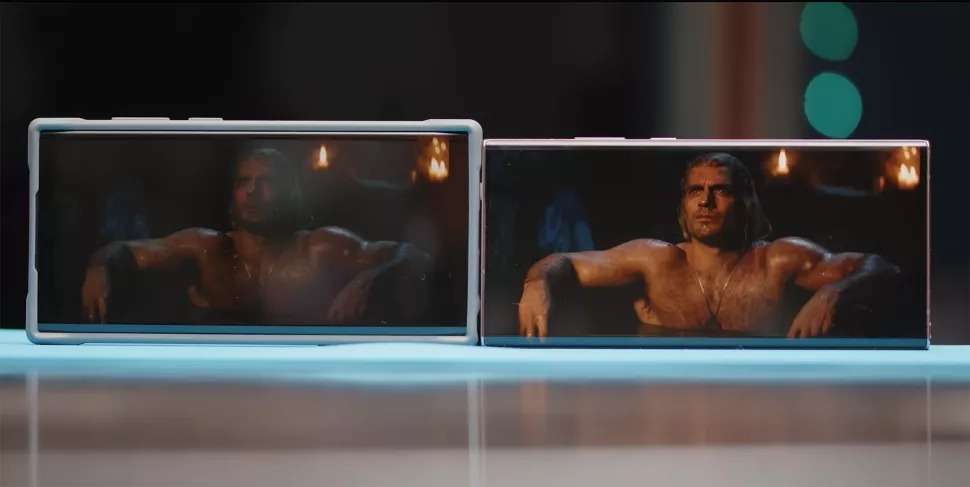
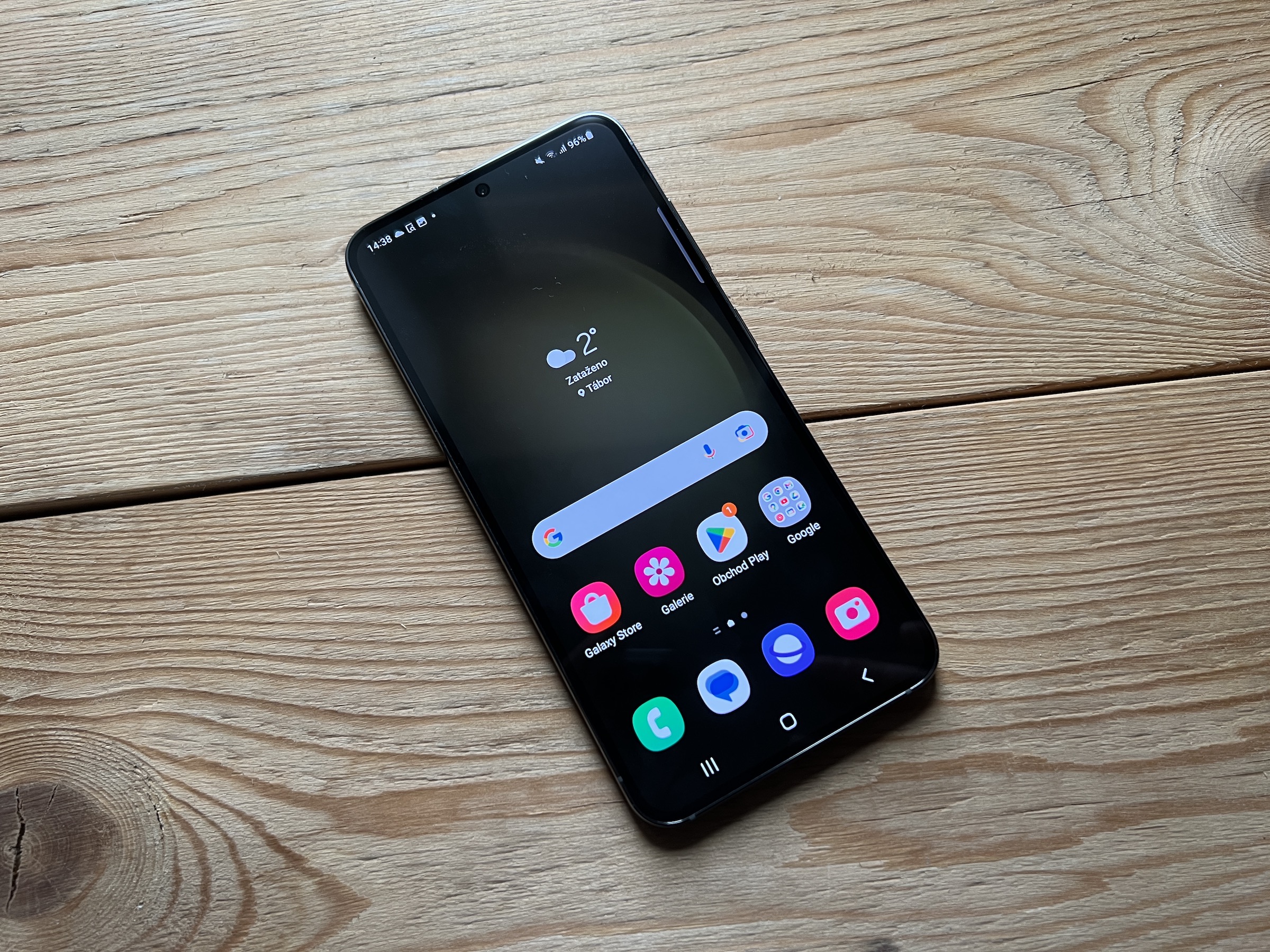
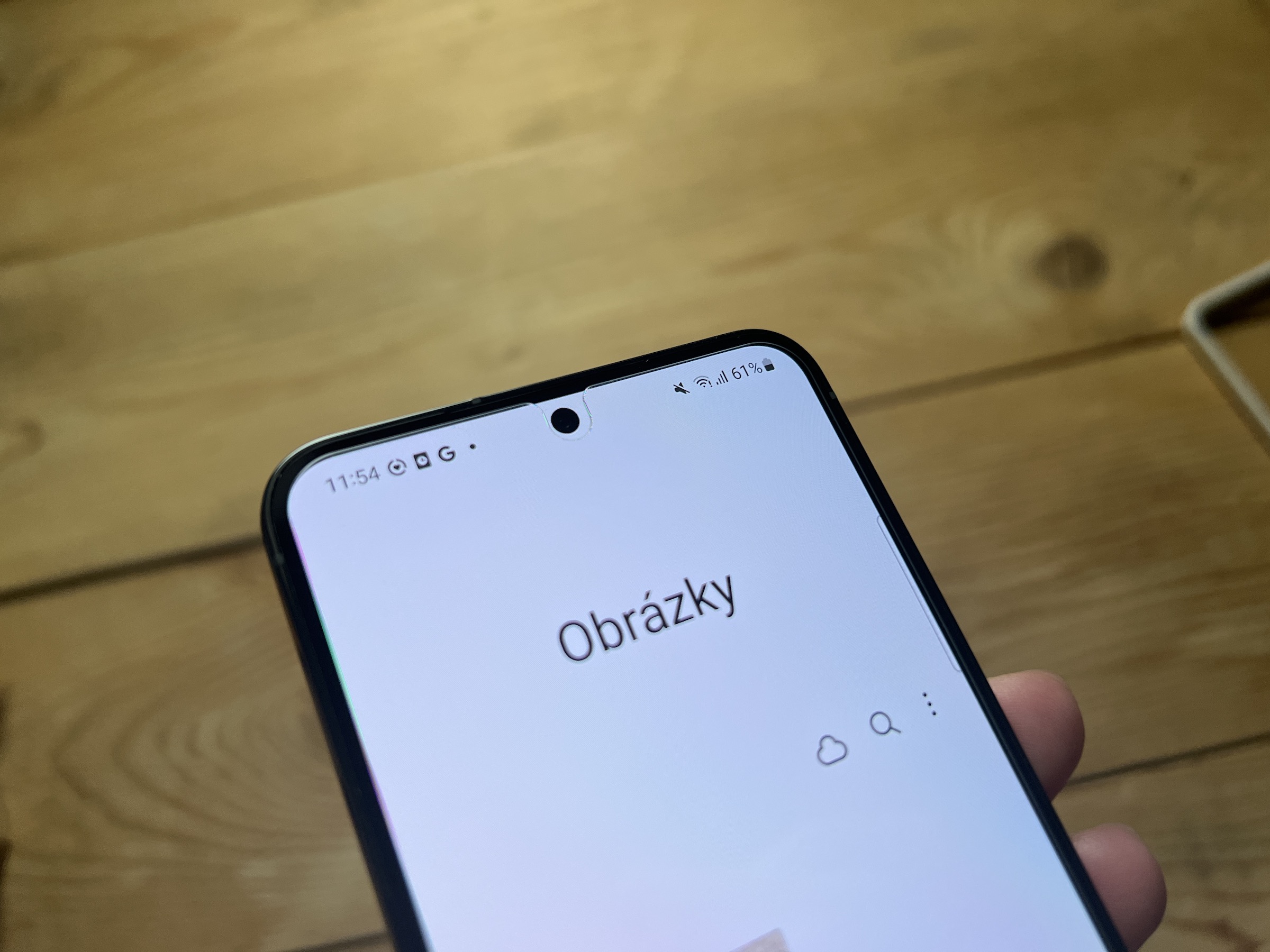
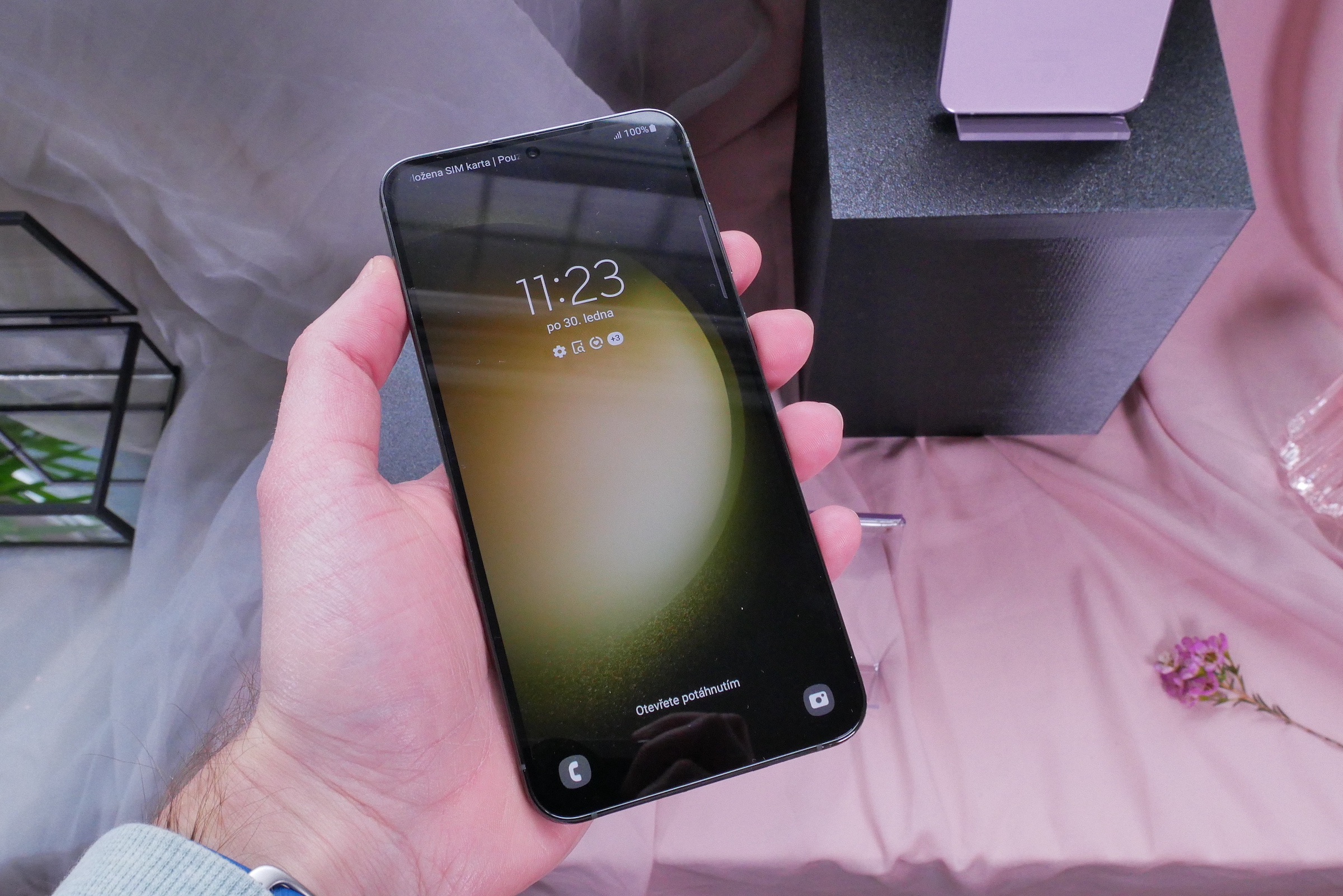
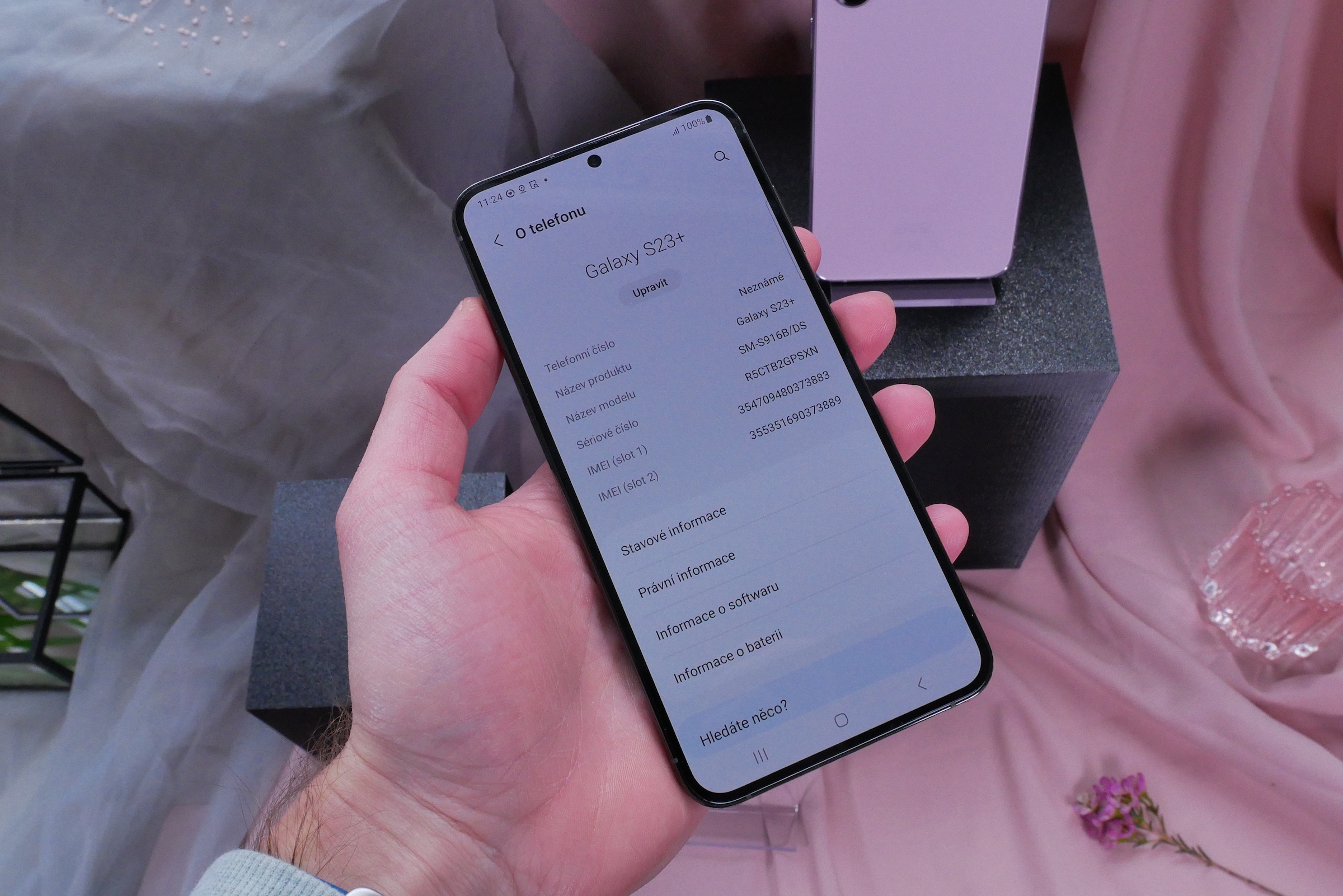
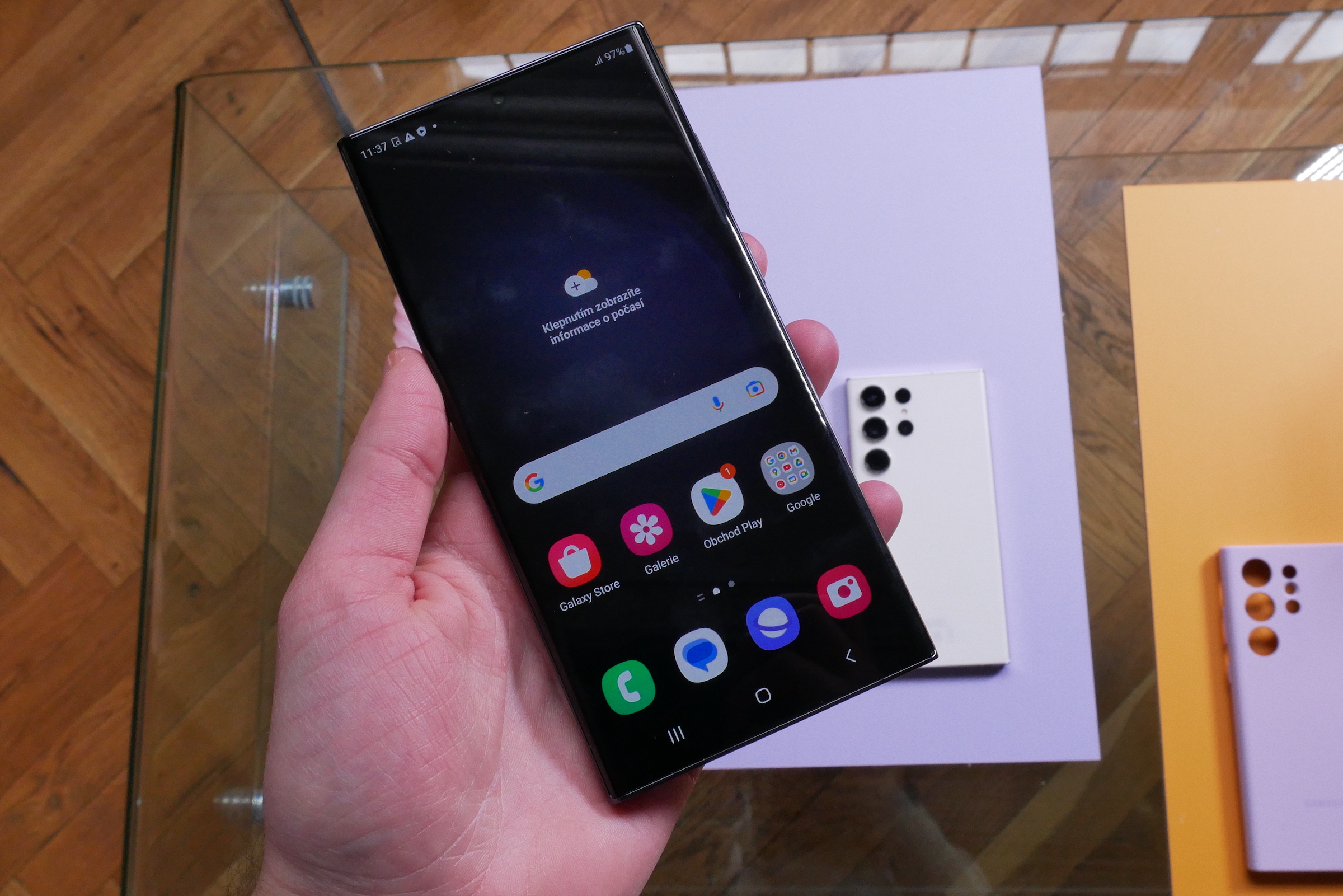
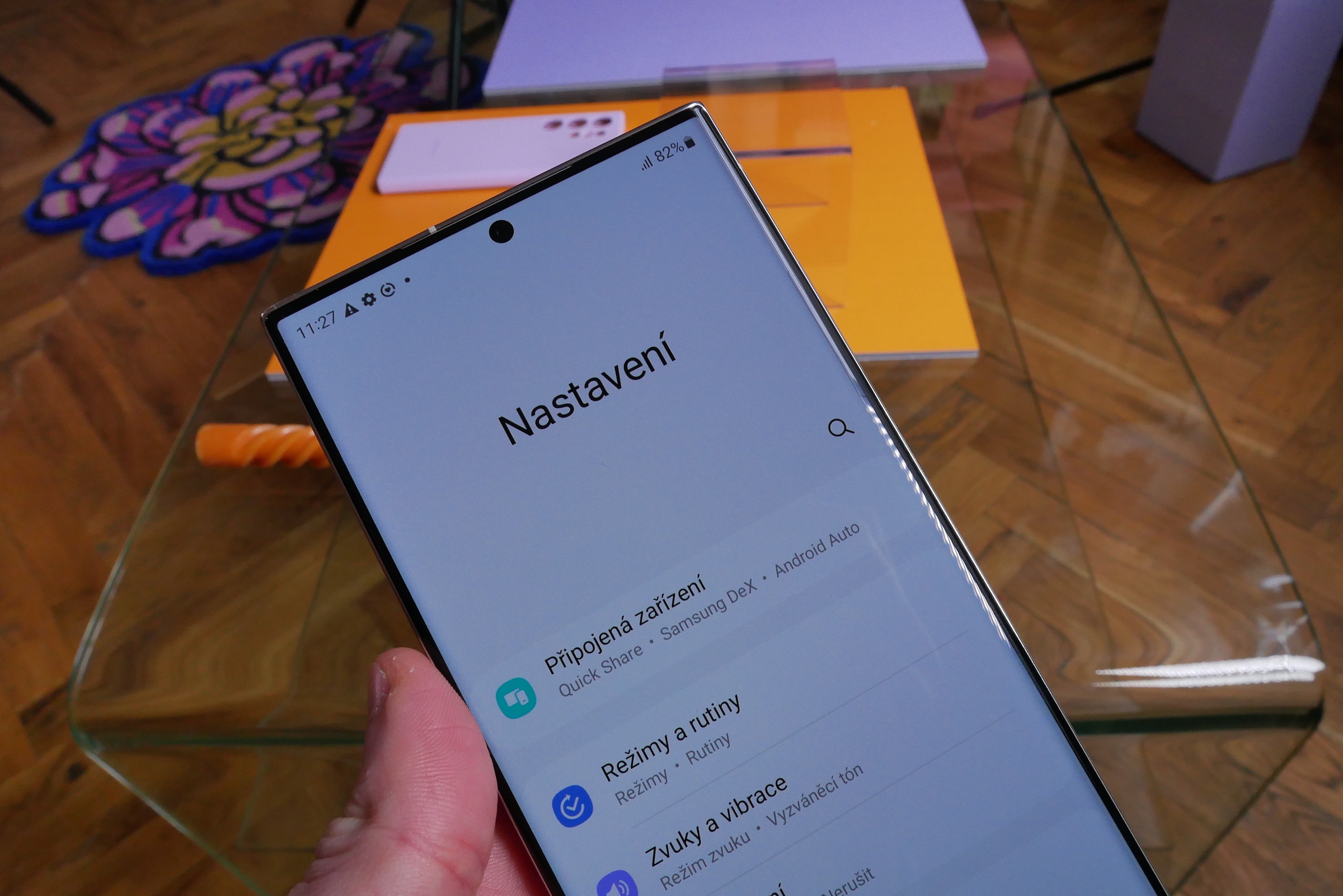

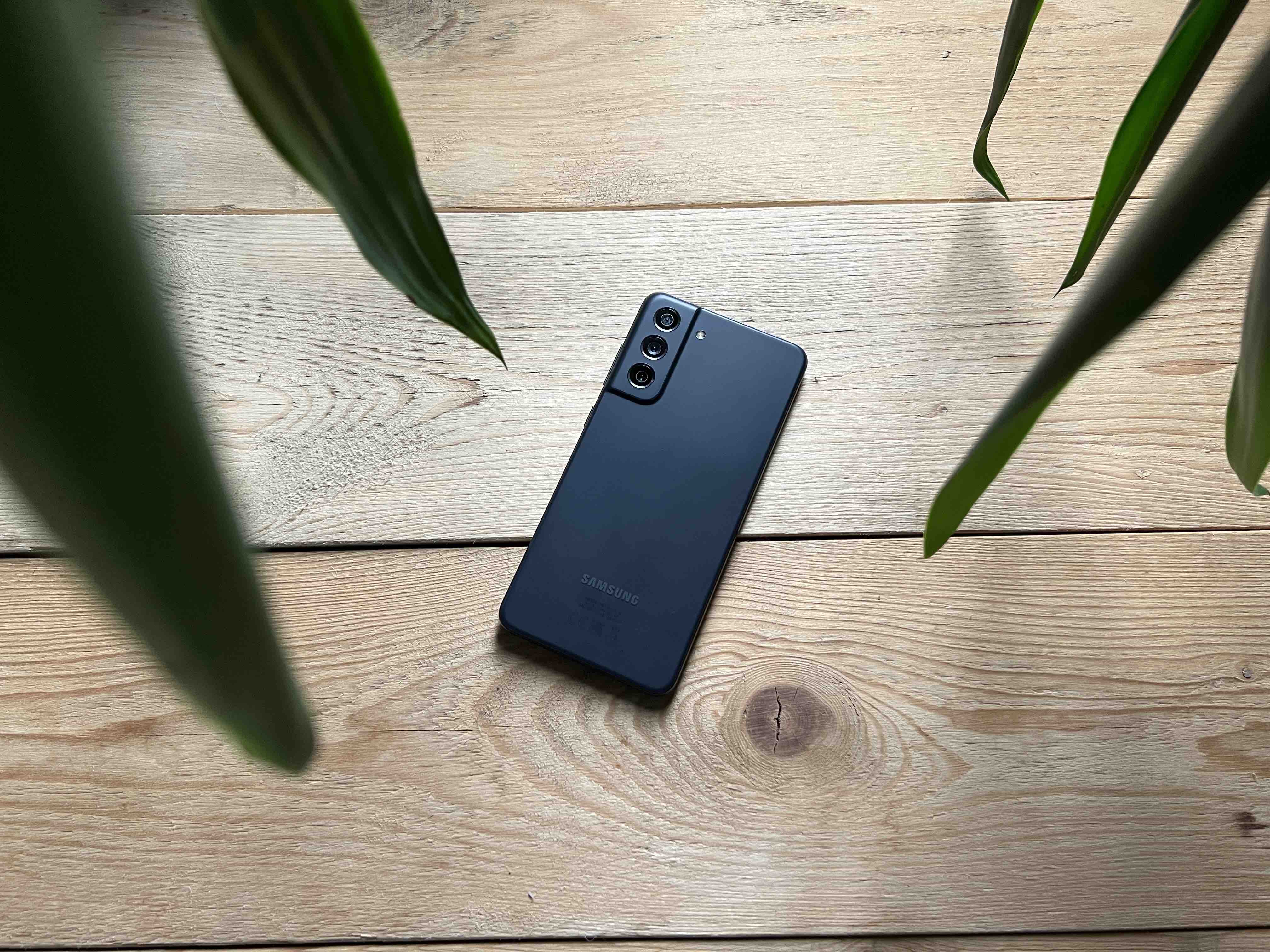
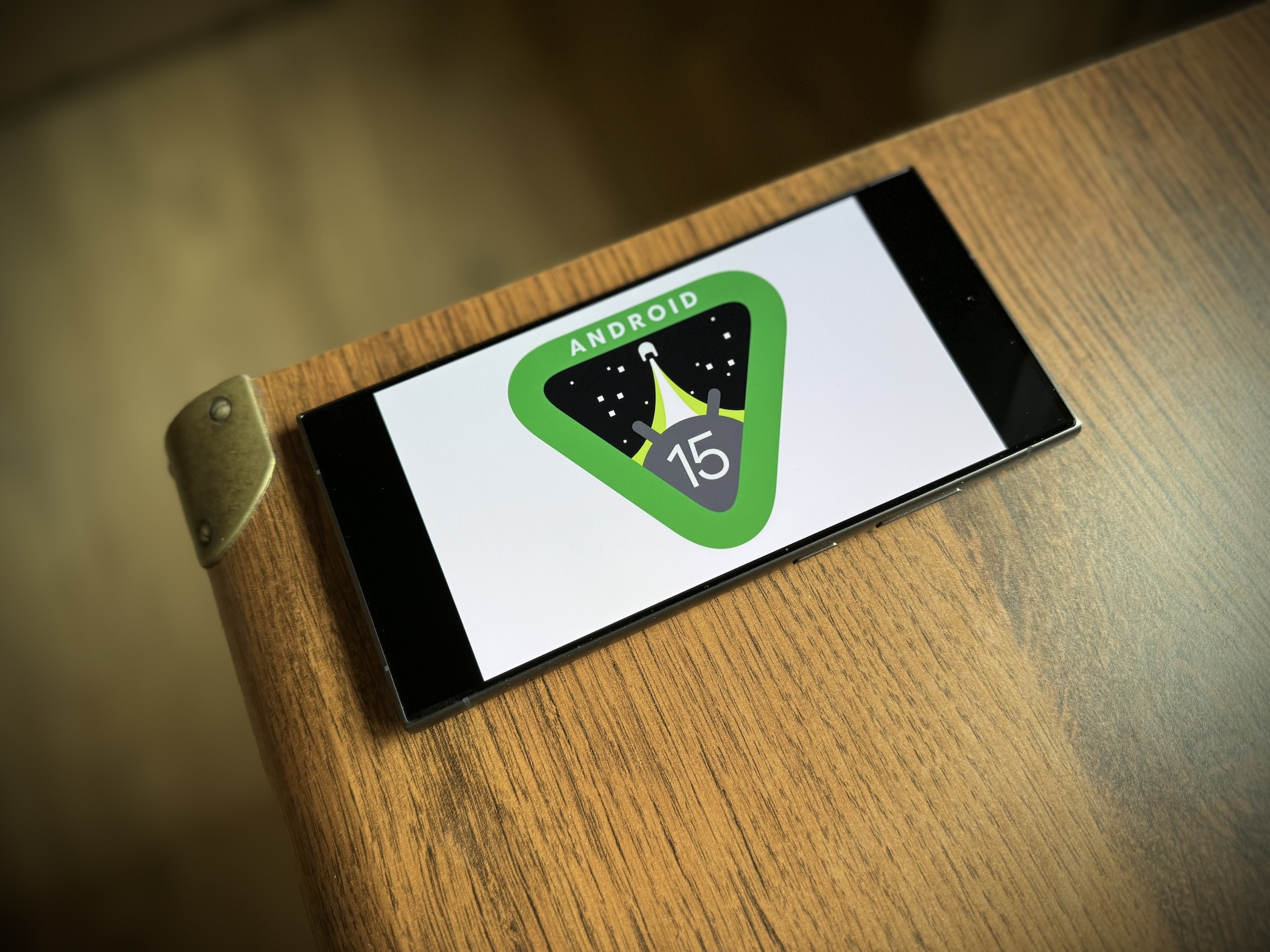
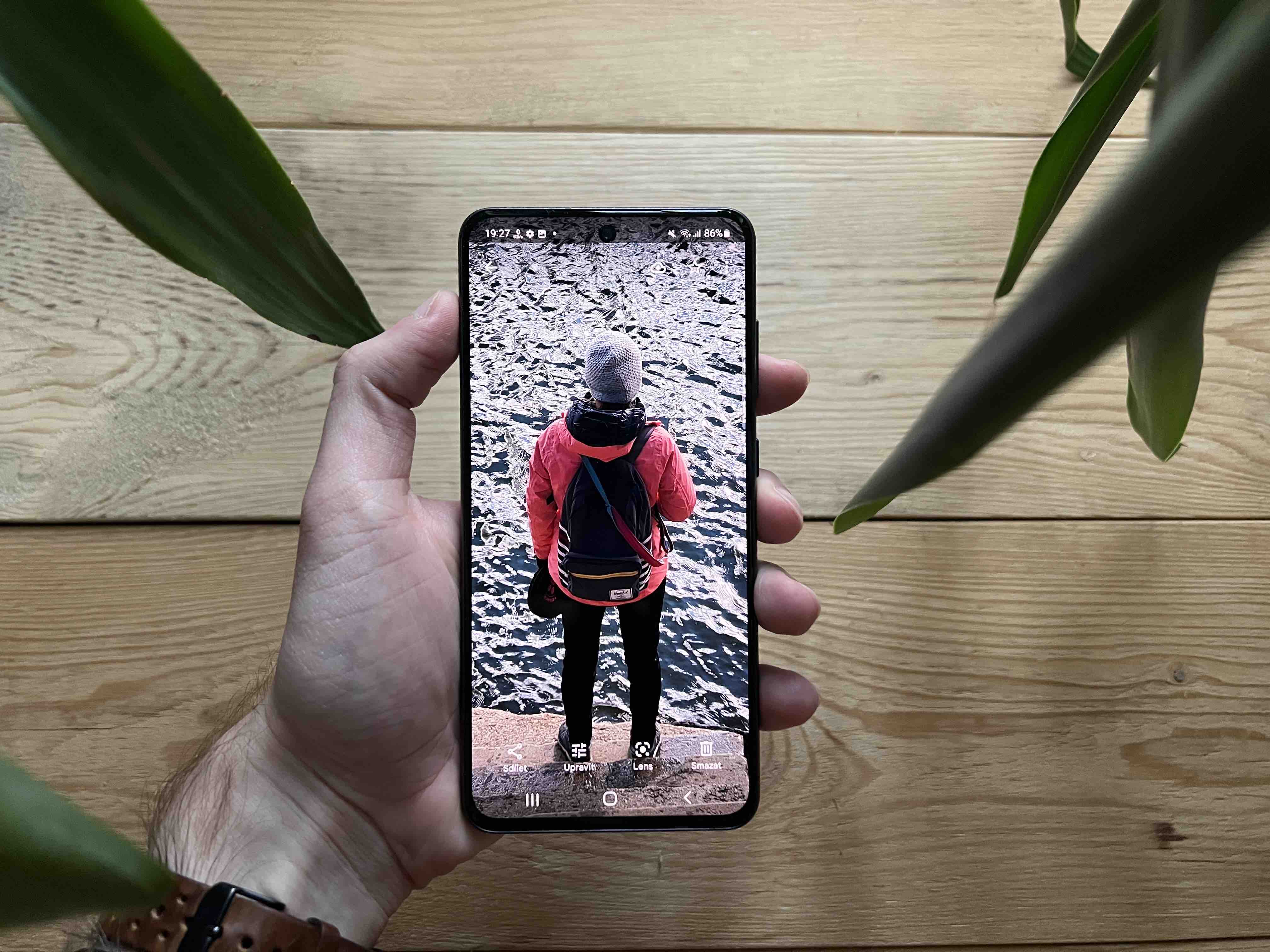
When I have adaptive brightness turned on automatically, I can't turn on Vision Booster. It's impossible
Hello,
you don't turn on the Vision Booster function, your phone turns it on automatically when it detects bright sunlight. Of course, it is necessary that you have adaptive brightness turned on. Otherwise, Vision Booster is not available on all phones Galaxy, it's a feature reserved for "better" devices like Galaxy S22, Galaxy S23, Galaxy From Fold4, Galaxy From Flip4, Galaxy A54 5G a Galaxy A34 5G.